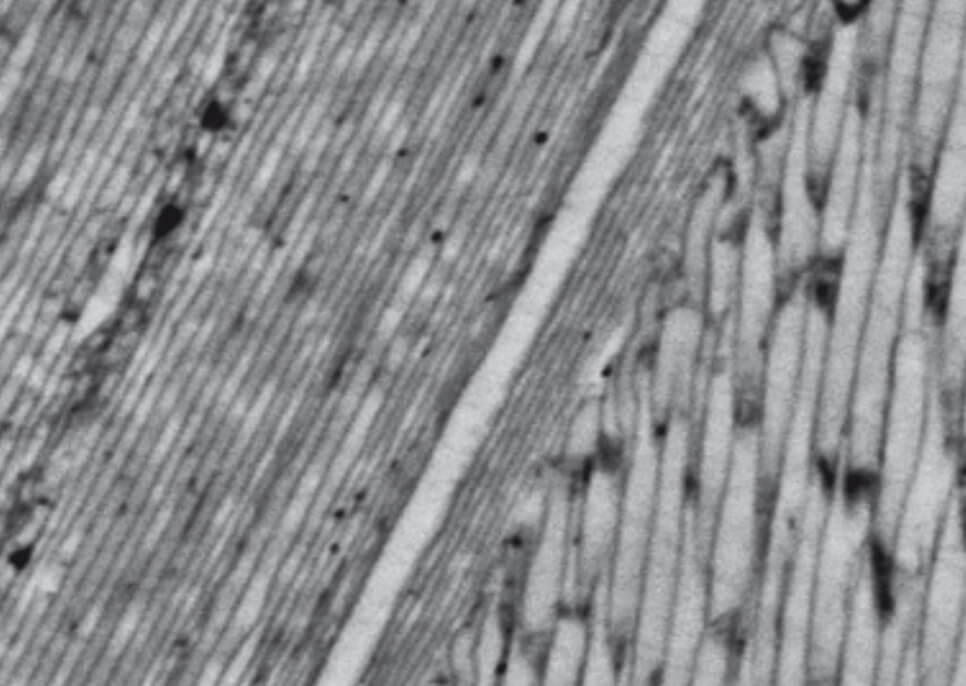
How to Cite
Share
Abstract
Reconstructing past secular environmental variations is an important issue in palaeoclimate research. However, most key variables for palaeoclimate reconstructions cannot be measured directly, and reconstructions are therefore based on proxy data. Here, we demonstrate the potential of bivalve shells as an archive of environmental parameters. The Geological Survey of Denmark and Greenland (GEUS) has developed a fast and reliable method for chemical analyses of shell material by laser ablation - inductively coupled plasma - mass spectrometry (LA-ICP-MS), and here we present some examples of the use of this method. In tropical and subtropical waters, corals can provide century-long archives of past water chemistry with annual resolution. A comparable archive for temperate and Arctic waters would be highly useful in climate research, and therefore it has been examined whether this can be provided by bivalve shells (e.g. Schoene et al. 2005). Long-lived species may provide archives with annual resolution extending over several hundred years, whereas short-lived, fast-growing species can provide archives with a seasonal or in some cases daily resolution over a period of a few years. Most bivalves are sessile, and shells are commonly preserved as fossils. There are, however, a number of challenges related to the use of bivalves as proxy archives: (1) many proxies show species specific behaviour (Seed 1980); (2) only very few proxies are dependent on a single variable (Wefer et al. 1999); and (3) the effects of biology and ontogeny on the uptake of trace elements and stable isotope fractionation in shell carbonate are largely unknown and have to be evaluated empirically. Therefore, any potential proxy must be calibrated individually for each species of interest before it can be used. A large number of chemical analyses are needed to calibrate a proxy. These are commonly obtained by solution ICP-MS, in which sample preparation is time-consuming and labour-intensive. The use of LA-ICP-MS is therefore a considerable advance in bivalve shell proxy research, as it greatly reduces the effort needed for sample preparation. At the same time, the method requires less material for analysis, thus providing better spatial and hence temporal resolution. Proxies based on bivalve shell carbonate can be used in present-day environmental monitoring, and for environmental reconstructions from shells found as fossils. Shells from museum collections and shells found in archaeological middens can give information on historic and prehistoric environmental conditions (e.g. Carrell et al. 1987), and fossil shells can be used as archives of environmental parameters on geological timescales (e.g. Hendry et al. 2001).
How to Cite
Share
Copyright (c) 2008 Maiken Hansen Klünder, Dorothee Hippler, Rob Witbaard, Dirk Frei

This work is licensed under a Creative Commons Attribution 4.0 International License.
Downloads
Edited by Ole Bennike and A.K. Higgins
This Review of Survey activities presents a selection of 22 papers reflecting the wide spectrum of activities of the Geological Survey of Denmark and Greenland, from the microscopic to the plate-tectonic level.
The Survey's activities in Denmark are illustrated by 13 articles. Five of them deal with petroleum-related [...]









